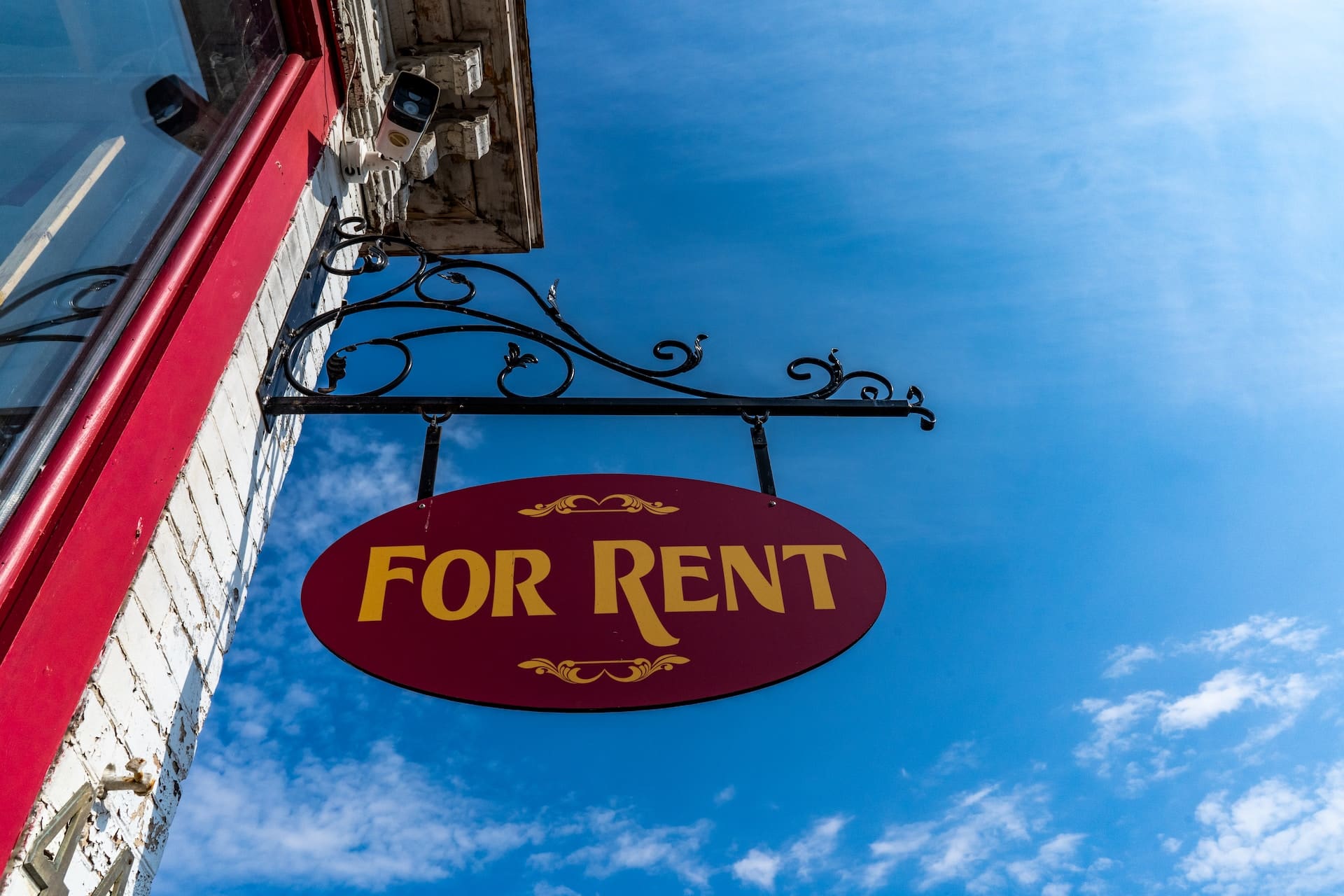By Rachel M. Cohen
See original post here.
A group of researchers at the Department of Housing and Urban Development have been quietly developing an idea that could fundamentally upend the nearly 50-year-old housing voucher program, which helps more than 2 million low-income families afford apartments in the private rental market every year.
The idea is relatively simple: What if, instead of traditional housing vouchers laden with convoluted red tape that landlords notoriously hate, low-income tenants could pay their rent with cash? Would that make it easier for tenants to find housing or move into better neighborhoods? Could that even save the government money by streamlining the aid?
Right now, due to funding constraints, only a quarter of those eligible for housing choice vouchers (formerly known as Section 8 vouchers) ever receive one. But if you are in that lucky 25 percent and are awarded a voucher, you might not be able to use it. The program is so cumbersome that only around 60 percent of beneficiaries can find a landlord willing to rent to them.
This isn’t the first time the federal government has explored questions around cash rental assistance: In the early 1970s, Congress successfully piloted a program to 14,000 families across 12 cities. That research, however, was largely forgotten about in the following decades. It wasn’t until recently, when some HUD employees stumbled upon old reports buried on an agency bookshelf, that policymakers realized the cash rental assistance model might be more valuable for modern times.
They are building on that older research as well as more recent developments: an ongoing related study in Philadelphia, the Covid-19 experiments with new kinds of cash assistance (including not just housing aid but also stimulus checks, child tax credits, and food subsidies), and dozens of encouraging guaranteed income pilots that have cropped up over the last few years. HUD officials now say it’s time to give federal cash aid a closer look.
The leaders behind this effort held their first official meetings last week, pitching philanthropic groups on the idea and asking for their financial backing. While the two virtual sessions were closed to the press, a HUD official told me “30 to 40 interested funders” came to their Tuesday pitch, and “dozens more” to their Thursday one. The team is convening a third meeting with nonprofits and housing researchers on September 19.
Though the HUD appointees who led the meetings — Brian McCabe and Aaron Shroyer — are framing the idea as a modest research project, officials involved are clear-eyed on where such a study could ultimately go. If, for example, a rigorously designed experiment provides new evidence for changing how vouchers are administered, that could have major implications for the $30 billion annual program and all the low-income families it serves. A small pilot could lead to a larger demonstration study, which could, officials say, then lead to pitching Congress on permanent change.
The wheels of federal policy reform move slowly: It might be 10 years until HUD makes any sort of long-term ask of Congress. But the wheels are turning now, in a way they never have before, to make the idea of cash aid a reality.
How the cash rental assistance policy might work
There are a lot of steps to getting housing with a federal voucher. First, a household has to prove eligibility. Then a public housing agency must issue the voucher subsidy to a landlord on the household’s behalf. For the household to benefit, the landlord must accept that voucher, the unit must pass an inspection, and the landlord must sign a contract with the public housing agency.
These are a lot of steps, and one hope is that by cutting out much of this bureaucracy, more people will be able to quickly move into affordable housing.
The proposed HUD study would look like this: Households selected from existing voucher waiting lists across a handful of diverse cities (ranging from smaller and suburban to dense and urban) would be randomly assigned to receive either the traditional housing choice voucher funded by HUD or a monthly payment for an equivalent value funded by philanthropy. The cash would not be unrestricted; it would need to go toward paying rent.
Researchers would then be able to study and compare the two groups over time (HUD says ideally for four years) to assess key housing policy questions, like whether one group had more success landing an apartment and staying in their unit.
A HUD official, who was not authorized to speak publicly, said they don’t have an exact number of tenant participants in mind, but stressed they’d want to involve researchers from the very beginning so they could design a study capable of providing strong statistical analysis. An example they put forward was studying five cities, with 200 households per city.
Landlords would likely still know if renters were using philanthropic cash to pay their rent, as it’s common to ask prospective tenants for income verification. But this kind of study could help clarify whether landlords are more biased against renting to low-income people who rely on aid at all, or if landlord resistance stems primarily from the logistical hassle of the traditional voucher program.
“The idea — to the degree possible — is to make the [public housing agency] invisible,” explained the HUD official. “So a landlord knows they’re dealing directly with the tenant, and not the tenant and the PHA.”
Jack Landry, who researches guaranteed income programs for the left-leaning Jain Family Institute, said he’s excited about HUD’s proposed idea because it offers something distinct from the rest of the existing evidence base.
“There are a lot of UBI [universal basic income] pilots out there, but only a fraction of them are being rigorously studied, and a lot of them are funded by American Rescue Plan dollars, making it unclear what happens when the money runs out,” he told Vox. “I’m enthusiastic because I think HUD’s idea has really clear policy implications and a fairly clear route to translating to large-scale policy change.”
Congress won’t let HUD distribute cash directly — but philanthropists could step in
Todd Richardson, a longtime HUD staffer whose team inadvertently discovered old federal reports of the cash rental aid program that ran in the 1970s, proposed in a little-noticed blog post in 2017 that perhaps those research findings could inform an existing voucher program known as Moving to Work.
Moving to Work, which allows public housing agencies to spend federal housing funds more flexibly than is permitted under the traditional voucher program, has been around since 1996 but was expanded by Congress in 2016.
Two years ago, in a meeting attended by local and federal housing officials and this reporter, participants discussed the idea of using Moving to Work to test cash subsidies for renters. Attendees expressed enthusiasm for the idea, though Richardson, who was leading the meeting, warned that it might not “pass muster” with the agency’s legal department.
The reason HUD is now pursuing a partnership with philanthropy is HUD’s lawyers ultimately determined it would violate existing congressional law to distribute federal housing dollars as cash, even under the Moving to Work program. Though some renters accessed federal cash rental assistance during the pandemic, officials say that’s largely because the American Rescue Plan was more vague on how funds could be spent, and thus more flexible.
But if HUD isn’t allowed to distribute its vouchers as cash, foundations could step in, and then HUD could study how that goes.
This public-private idea is being tried already in one city: In Philadelphia, researchers are almost one year into a two-and-a-half-year cash rental assistance experiment studying 300 households selected to receive money on a prepaid debit card every month. HUD officials have been in touch with Philadelphia program leaders, but they envision designing their federal study differently, partly because state and local housing agencies have more flexibility on how they spend public funds.
Sara Jaffee, a University of Pennsylvania researcher involved in evaluating Philadelphia’s cash rental assistance program, told Vox they’re just finishing cleaning up data and should be able to share some initial findings within the next month. She said they’re testing a lot of questions related to housing outcomes, including around housing quality and the experience of leasing with landlords.
According to a HUD official involved, the federal demonstration could conceivably get off the ground in the next six to nine months, depending on how fast governments find charitable partners. They’re hoping they can entice local philanthropies interested in putting money back into their communities — like the Pennyslvania-based foundations that are supporting Philadelphia’s study — as well as national tech and progressive groups that might want to grow the evidence base for universal basic income.
Last week’s meetings marked only the first step to potentially changing how billions of dollars in housing aid to low-income renters are spent. But as far as first steps in federal policymaking go, they were serious ones.
















